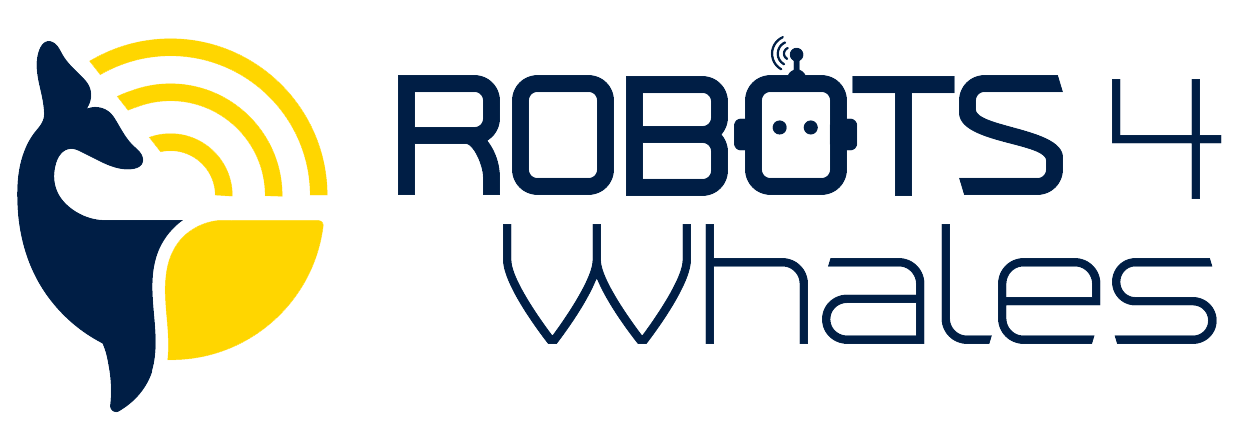Vehicle Platforms
The DMON/LFDCS has been successfully integrated into various ocean robots, also known as autonomous platforms. These platforms include Slocum gliders, Alto profiling floats, wave gliders, and moored buoys. Each of these innovative platforms offers unique capabilities and functionalities for scientific exploration and data collection in the marine environment. Explore below to learn more about these remarkable autonomous platforms and their applications.
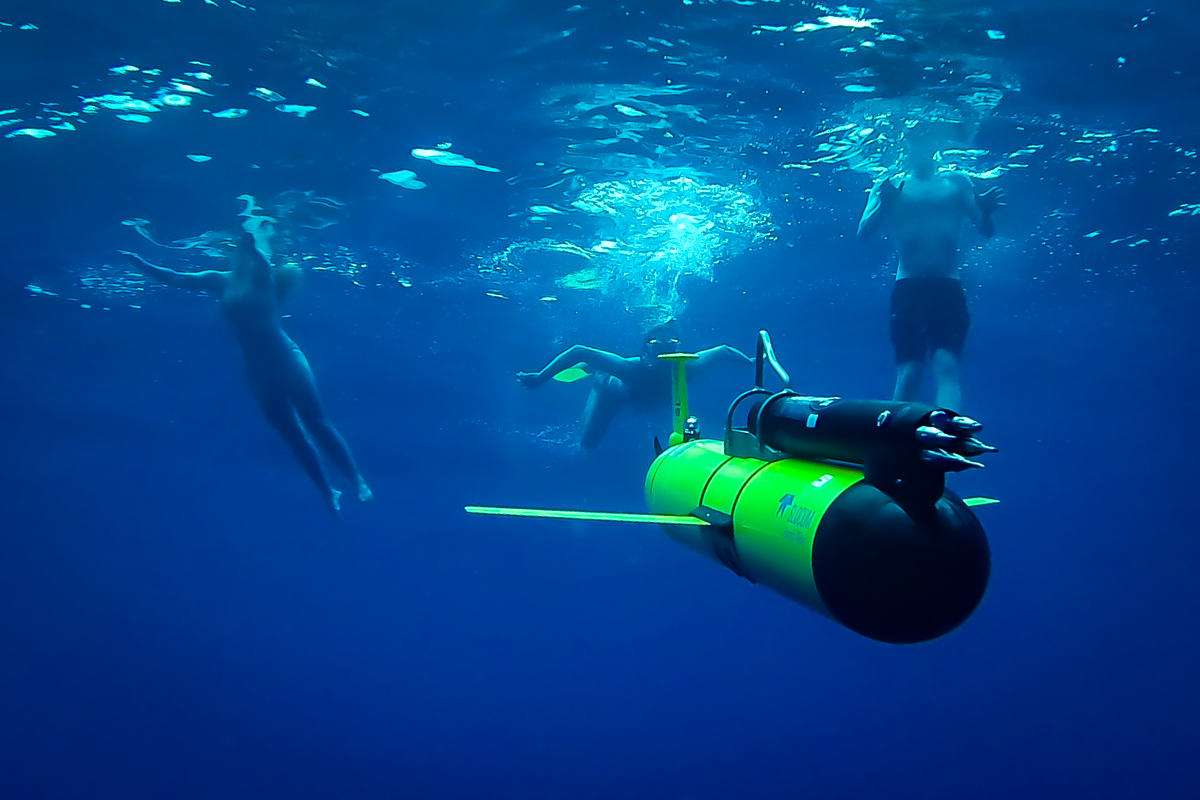
Slocum Glider
The Slocum glider, developed by Teledyne Webb Research, is an autonomous underwater vehicle (AUV) that uses a buoyancy pump to moves up and down in the water column and wings to provide lift and forward momentum. Unlike many other AUVs, the Slocum glider operates silently during descent and ascent, making it ideal for passive acoustic monitoring.
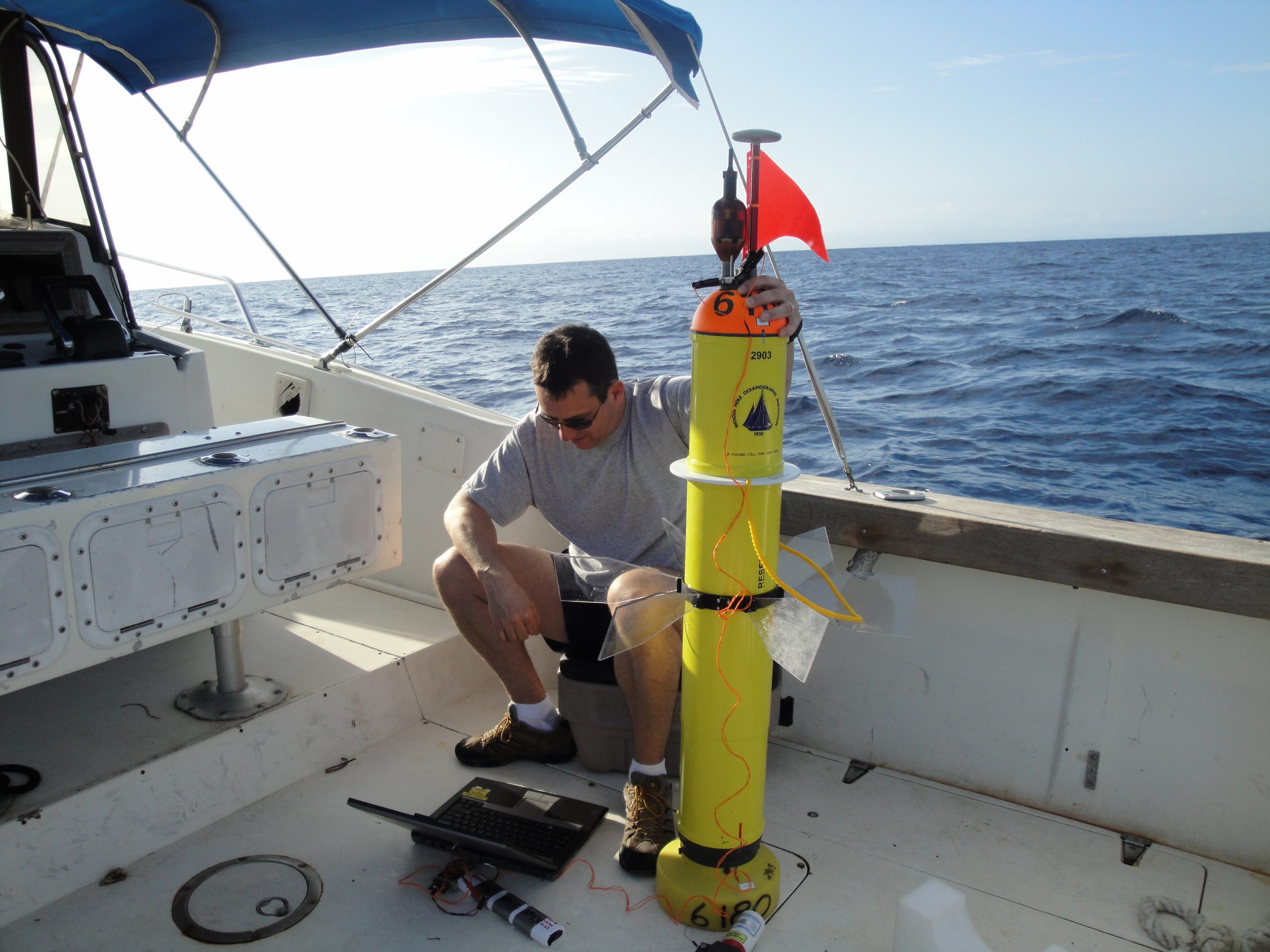
Profiling Float
Profiling floats use a buoyancy pump to move up and down in the water column, but unlike gliders, they do not have wings to generate lift and forward momentum. Thus profiling floats passively drift with ocean currents and cannot be precisely navigated, but they do so for a very long time (3-5 years). As they drift, they are silent and are therefore great for passive acoustic monitoring.
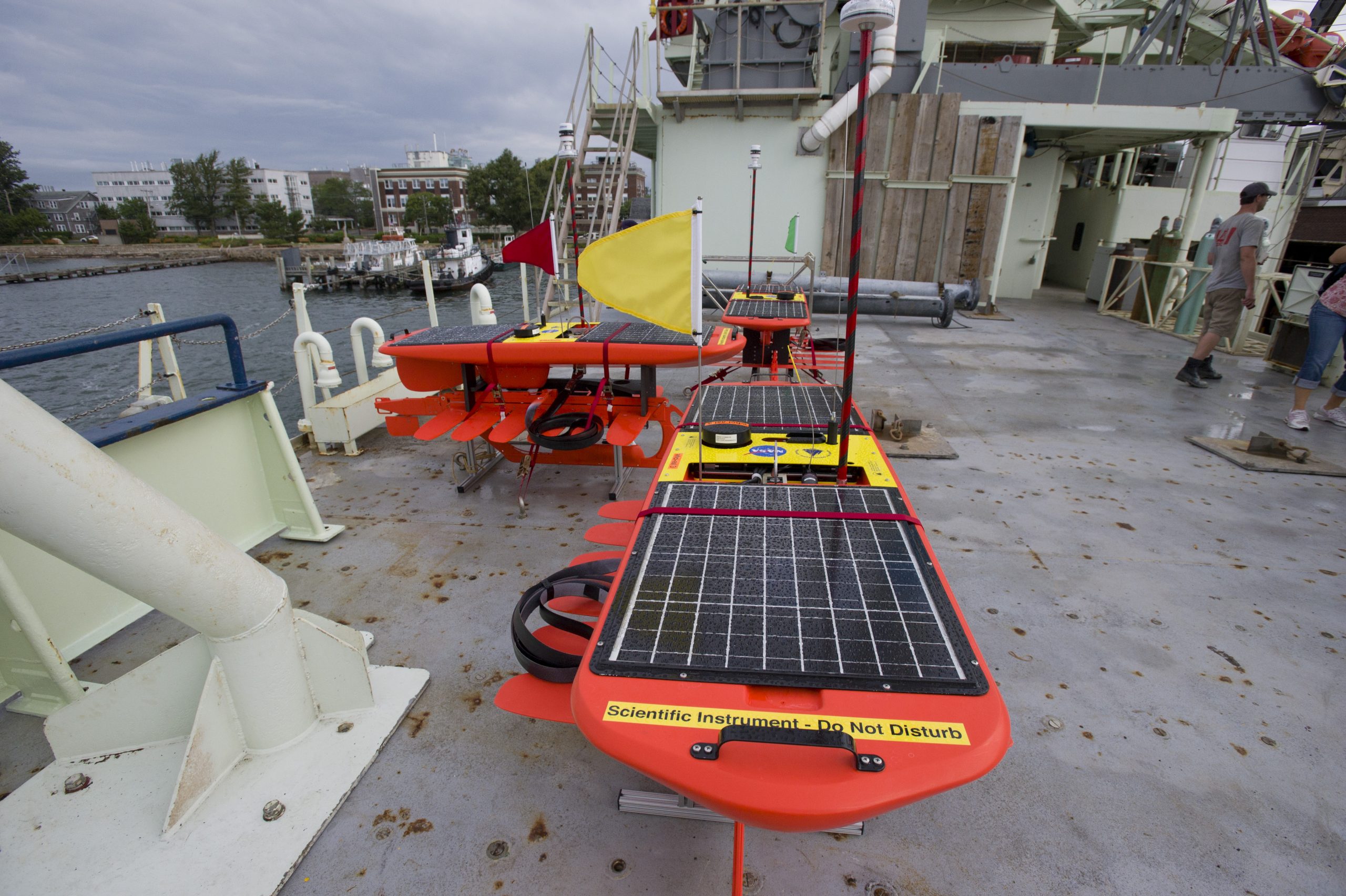
Wave Glider
The wave glider, developed by Liquid Robotics, Inc., is an autonomous surface vehicle (ASV) comprising a surface float resembling a surfboard and a tethered "sub" that utilizes the energy from surface waves for propulsion. The navigation system, instrumentation, and satellite communication system of the wave glider are all powered by solar-charged batteries. This vehicle can be challenging for monitoring whales that make low-frequency sounds because of surface wave noise and flow noise.
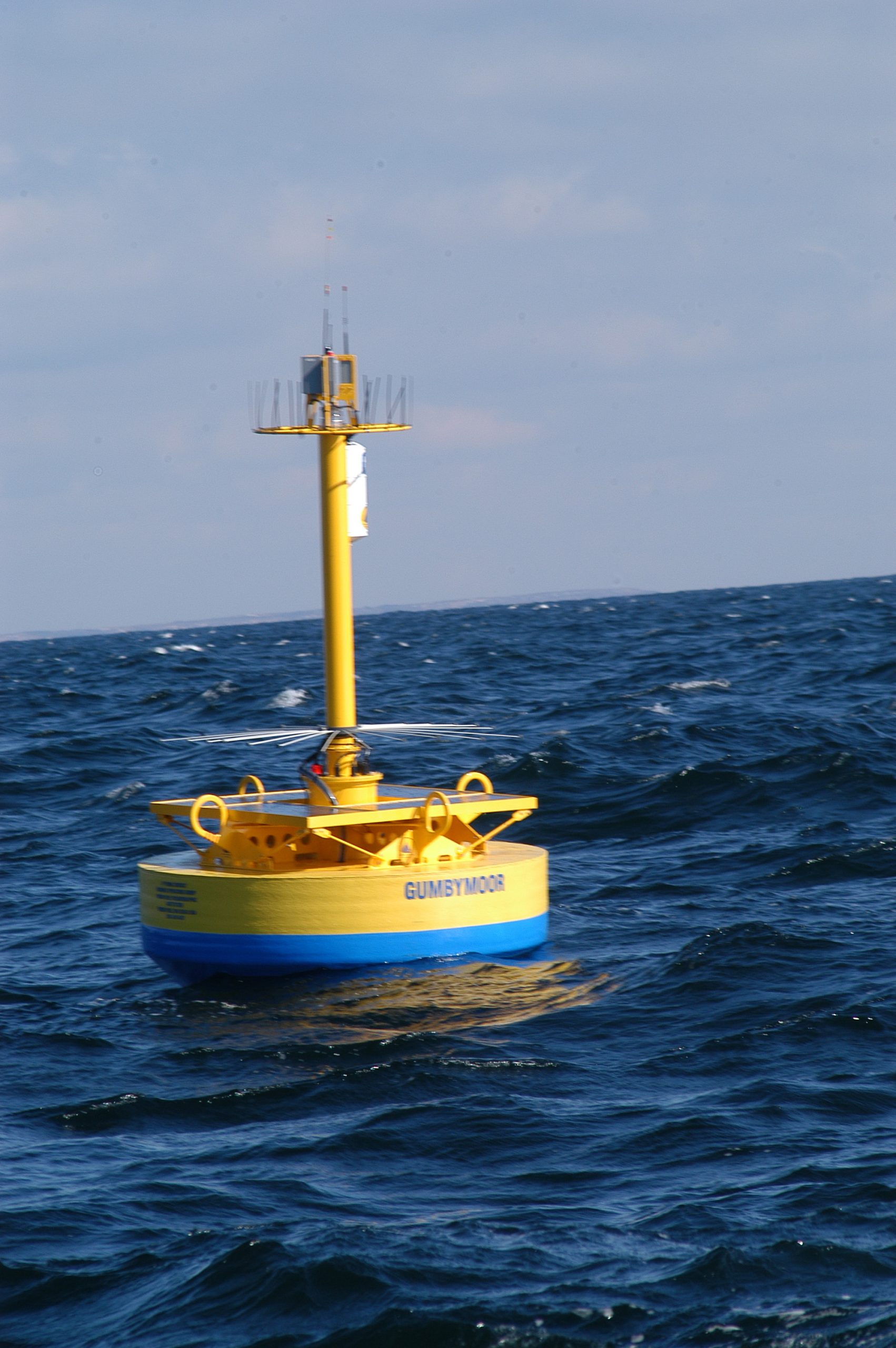
Moored buoy
The WHOI Mooring Operations and Engineering Group has developed a highly effective quiet design for moored buoys used in a variety of acoustic applications. The DMON instrument is mounted at the sea floor, and receives power from and can communicate with a surface buoy that relays information about marine mammal detections and ocean noise to shore.
